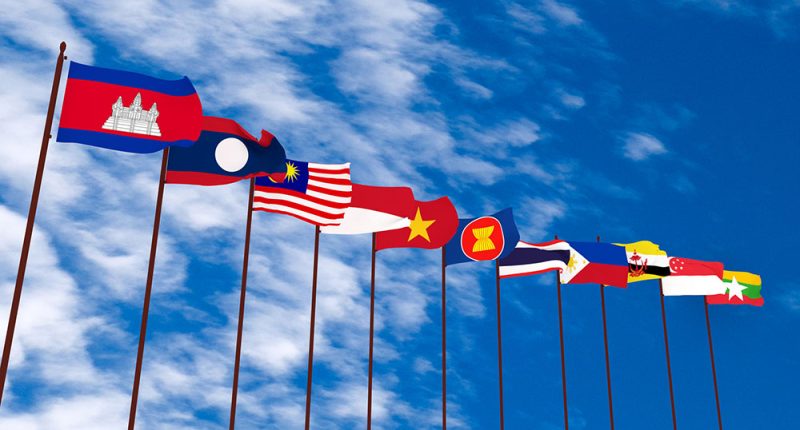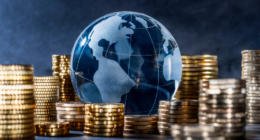Understanding the Economic Landscape of ASEAN Nations
The Association of Southeast Asian Nations (ASEAN) is a dynamic region that has shown resilience and growth despite global economic challenges. As we move into 2025, several countries within ASEAN are emerging as economic leaders, showcasing robust growth rates and diverse economic activities. Here’s a closer look at the top five countries in ASEAN that are performing exceptionally well in terms of their economies.
1. Singapore: The Economic Powerhouse
Strong GDP Growth and Stability
Singapore continues to stand out as the most developed economy in ASEAN, with a projected GDP of approximately $520.93 billion for 2025. The nation has demonstrated remarkable resilience, achieving a GDP growth rate of 5.4% in recent quarters, driven by strong performance in manufacturing and finance sectors.
Key Economic Drivers
The country’s strategic location as a global trade hub, combined with its highly skilled workforce and favorable business environment, contributes to its ongoing economic success. Singapore’s focus on innovation and technology further solidifies its position as a leader in the region.
2. Indonesia: The Emerging Giant
Rapid Economic Expansion
Indonesia remains the largest economy in Southeast Asia, with a projected GDP of around $1.54 trillion in 2025. The country has been experiencing steady growth, with an average annual GDP growth rate of about 5.6%, fueled by domestic consumption and investment.
Diverse Economic Base
With a rich array of natural resources, Indonesia’s economy benefits from sectors such as agriculture, mining, and manufacturing. The government’s efforts to enhance infrastructure and attract foreign investment are also pivotal in driving economic progress.
3. Thailand: A Resilient Economy
Solid Growth Prospects
Thailand’s economy is projected to reach approximately $543.25 billion by 2025, with recent growth rates indicating recovery following challenges posed by the pandemic. The country recorded a GDP growth rate of around 3.7%, supported by tourism and exports.
Tourism as a Key Sector
As one of the most popular tourist destinations globally, Thailand’s tourism sector plays a vital role in its economic recovery. The government’s initiatives to promote sustainable tourism and attract high-spending visitors are expected to bolster growth further.
4. Vietnam: The Rising Star
Impressive Growth Trajectory
Vietnam is rapidly becoming an economic powerhouse within ASEAN, with an anticipated GDP of approximately $450 billion in 2025. The country has achieved remarkable GDP growth rates of around 7.4%, driven by strong exports and foreign direct investment.
Manufacturing and Export Focus
Vietnam’s manufacturing sector has seen significant expansion, particularly in electronics and textiles. As companies seek alternatives to China for production, Vietnam is well-positioned to capture these opportunities due to its competitive labor costs and favorable trade agreements.
5. Philippines: A Growing Economy
Sustained Economic Growth
The Philippines is projected to have a GDP of about $114.36 billion by 2025, maintaining a growth rate of approximately 6% annually. The country benefits from strong remittances from overseas workers, which support domestic consumption.
Service Sector Dominance
The service sector, particularly business process outsourcing (BPO), plays a crucial role in the Philippine economy. With a young and tech-savvy workforce, the country continues to attract investments in technology and services.
Conclusion: A Bright Future for ASEAN Economies
As we look ahead to 2025, these five countries—Singapore, Indonesia, Thailand, Vietnam, and the Philippines—are set to lead the way in ASEAN’s economic landscape. Their diverse strengths, from robust manufacturing sectors to thriving tourism industries, contribute significantly to regional growth. By embracing innovation and sustainability, these nations are not only enhancing their own economic prospects but also solidifying ASEAN’s position as a dynamic player on the global stage.









